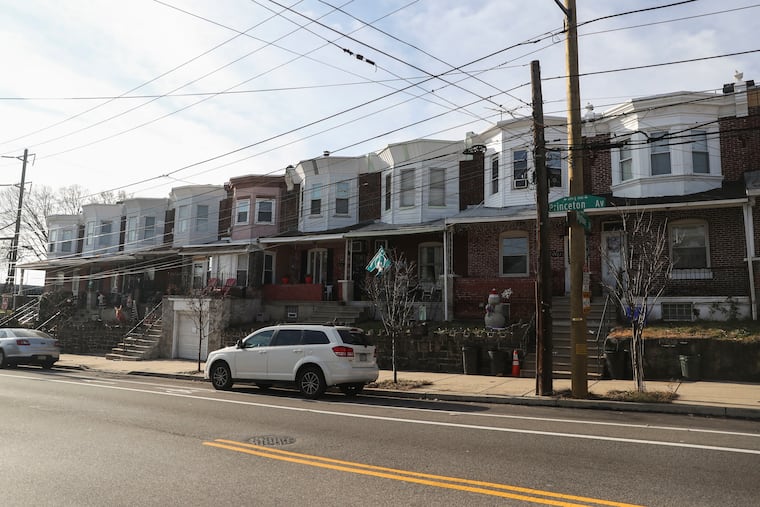Racist property deeds kept thousands of Philly homes off-limits to all but white buyers, study finds
A century ago, home deeds included language that restricted ownership to “Caucasians.”

A century ago, home deeds included language that restricted ownership to “Caucasians.”
